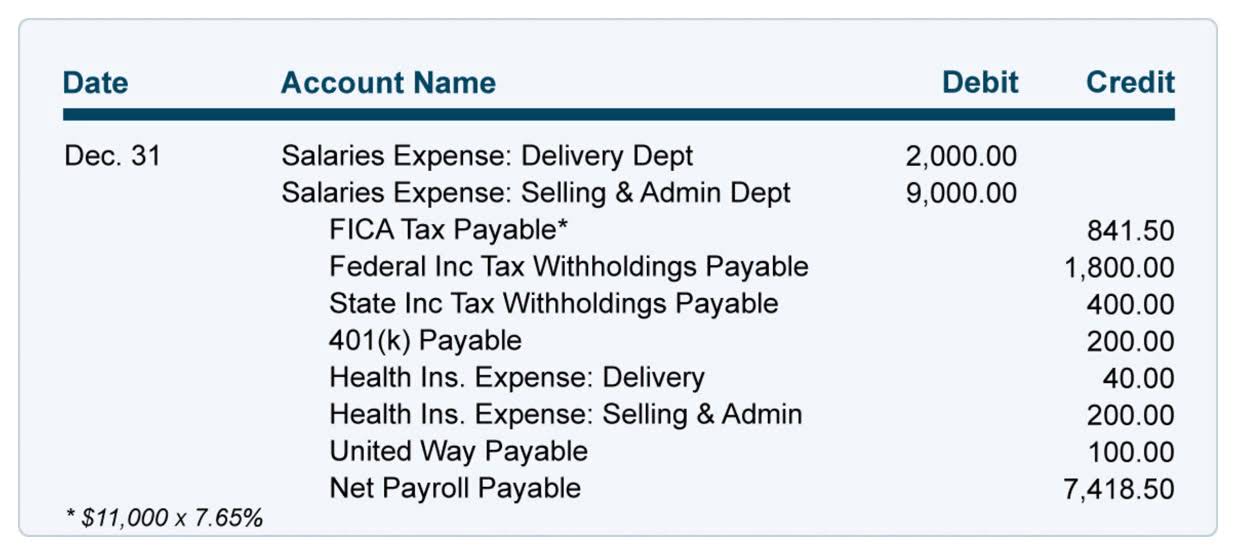
Privately held companies can then seek investors by selling off shares directly in private placements. These private equity investors can include institutions like pension funds, university endowments, insurance companies, or accredited individuals. Basic equity value is simply calculated by multiplying a company’s share price by the number of basic shares outstanding.

If you want to calculate the value of a company’s equity, you can find the information you need from its balance sheet. Locate the total liabilities and subtract that figure from the total assets to give you the total equity. Shareholders consider this to be an important metric because the higher the equity, the more stable and healthy the company is deemed to be. Treasury stock represents the corporation’s unretired shares it buys back from the open market. On a balance sheet, treasury stock is the difference between a corporation’s issued and outstanding shares.
Create a free account to unlock this Template
Start with a free account to explore 20+ always-free courses and hundreds of finance templates and cheat sheets. As for the “Treasury Stock” line item, the roll-forward calculation consists of one single outflow – the repurchases made in the current period. Here, we’ll assume $25,000 in new equity was raised from issuing 1,000 shares at $25.00 per share, but at a par value of $1.00. Considering the structure of roll-forward schedules – in which the ending balance of the current period is the beginning of period balance for the next year – the ending balances will link to the beginning balance cells. In recent years, more companies have been increasingly inclined to participate in share buyback programs, rather than issuing dividends.
Private equity is often sold to funds and investors that specialize in direct investments in private companies or that engage in leveraged buyouts (LBOs) of public companies. In an LBO transaction, a company receives a loan from a private equity firm to fund the acquisition of a division of another company. Cash flows total equity or the assets of the company being acquired usually secure the loan. Mezzanine debt is a private loan, usually provided by a commercial bank or a mezzanine venture capital firm. Mezzanine transactions often involve a mix of debt and equity in a subordinated loan or warrants, common stock, or preferred stock.
How to Calculate the Equity Ratio?
A high ratio value also shows that a company is, all around, stronger financially and enjoys a greater long-term position of solvency than companies with lower ratios. The resulting ratio above is the sign of a company that has leveraged its debts. It holds slightly more debt ($28,000) than it does equity from shareholders, but only by $6,000. A company’s negative equity that remains prolonged can amount to balance sheet insolvency. As such, many investors view companies with negative equity as risky or unsafe. However, many individuals use it in conjunction with other financial metrics to gauge the soundness of a company.

The reason enterprise value is used before any interest or debt has been deducted is because that cash flow is available to both debt and equity shareholders. Any amount remaining (or exceeding) is added to (deducted from) retained earnings. Balance sheets, like all financial statements, will have minor differences between organizations and industries. However, there are several “buckets” and line items that are almost always included in common balance sheets. We briefly go through commonly found line items under Current Assets, Long-Term Assets, Current Liabilities, Long-term Liabilities, and Equity.
What Are Some Other Terms Used to Describe Equity?
This account may or may not be lumped together with the above account, Current Debt. While they may seem similar, the current portion of long-term debt is specifically the portion due within this year of a piece of debt that has a maturity of more than one year. For example, if a company takes on a bank loan to be paid off in 5-years, this account will include the portion of that loan due in the next year.
What Is Shareholder Equity (SE) and How Is It Calculated? – Investopedia
What Is Shareholder Equity (SE) and How Is It Calculated?.
Posted: Sun, 18 Jun 2023 07:00:00 GMT [source]
Whether or not a company includes par value in its financial statements, the effect is the same to stockholders’ equity. Total stockholders’ equity represents the value in assets a company would have if it went out of business at the end of a certain period, accounting for the debit of its liabilities. Many investors view companies with negative shareholder equity as risky or unsafe investments. But shareholder equity alone is not a definitive indicator of a company’s financial health. A final type of private equity is a Private Investment in a Public Company (PIPE). A PIPE is a private investment firm’s, a mutual fund’s, or another qualified investors’ purchase of stock in a company at a discount to the current market value (CMV) per share to raise capital.
A simple way to look at a company’s debt obligations is to examine its equity-to-asset ratio, a measure that can tell you the extent of a company’s leverage. Read on to learn more about this means of judging a company’s financial fitness. By definition, a company’s assets minus its liabilities equals its stockholders’ equity (also known as “net equity”). In other words, the liabilities and stockholders’ equity “balances out” the assets — which is why it’s called a balance sheet. On a company’s balance sheet, the three main categories of information are its assets, liabilities, and stockholders’ equity.
